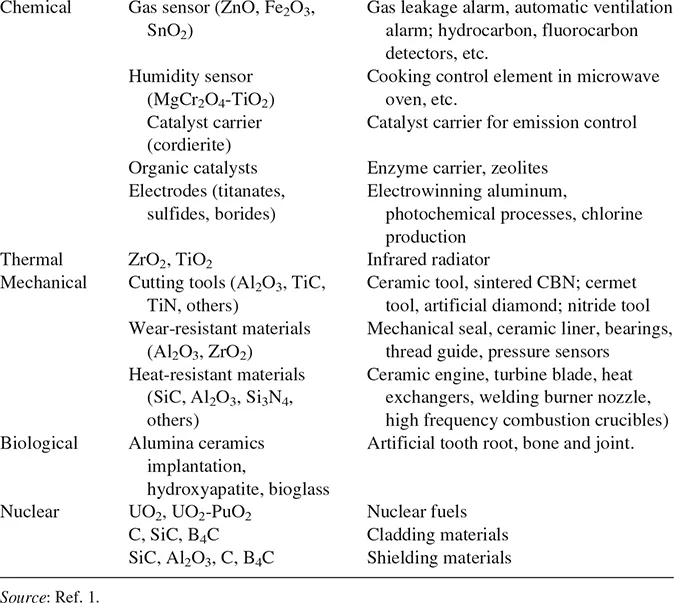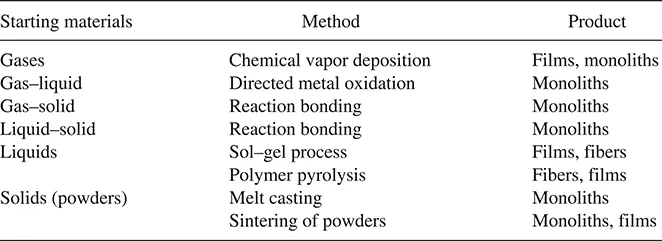
- 875 pages
- English
- ePUB (mobile friendly)
- Available on iOS & Android
Ceramic Processing and Sintering
About this book
As the field's premiere source, this reference is extensively revised and expanded to collect hard-to-find applications, equations, derivations, and examples illustrating the latest developments in ceramic processing technology. This book is concerned primarily with the processing of polycrystalline ceramics and focuses on the widespread fabrication of ceramics by the firing of consolidated powders forms. A brief treatment of sol-gel processing is also included.Ceramic Processing and Sintering, Second Edition provides clear and intensive discussions on colloidal and sol-gel processing, sintering of ceramics, and kinetic processes in materials. From powder synthesis and consolidation to sintering and densification behavior, this latest edition emphasizes the impact of each processing procedure on ceramic properties. The second edition also contains new and extended discussions on colloid stability, polymer growth and gelation, additives in ceramic forming, diffusion and defect strucutre, normal and abnormal grain growth, microwave sintering, Rayleigh instability effects, and Ostwald ripening.Illustrating the interconnectedness between the various steps in the overall fabrication route, Ceramic Processing and Sintering, Second Edition approaches the fundamental issues of each process and show how they are applied to the practical fabrication of ceramics.
Frequently asked questions
- Essential is ideal for learners and professionals who enjoy exploring a wide range of subjects. Access the Essential Library with 800,000+ trusted titles and best-sellers across business, personal growth, and the humanities. Includes unlimited reading time and Standard Read Aloud voice.
- Complete: Perfect for advanced learners and researchers needing full, unrestricted access. Unlock 1.4M+ books across hundreds of subjects, including academic and specialized titles. The Complete Plan also includes advanced features like Premium Read Aloud and Research Assistant.
Please note we cannot support devices running on iOS 13 and Android 7 or earlier. Learn more about using the app.
Information
1
Ceramic Fabrication Processes
1.1 Introduction
1.2 Ceramic Fabrication Processes
1.2.1 Gas-Phase Reactions




1.2.1.1 Chemical Vapor Deposition
Table of contents
- Cover
- Half Title
- Title Page
- Copyright Page
- Dedication
- Table of Contents
- Preface to the Second Edition
- Preface to the First Edition
- 1 Ceramic Fabrication Processes: An Introductory Overview
- 2 Synthesis of Powders
- 3 Powder Characterization
- 4 Science of Colloidal Processing
- 5 Sol–Gel Processing
- 6 Powder Consolidation and Forming of Ceramics
- 7 Sintering of Ceramics: Fundamentals
- 8 Theory of Solid-State and Viscous Sintering
- 9 Grain Growth and Microstructure Control
- 10 Liquid-Phase Sintering
- 11 Special Topics in Sintering
- 12 Densification Process Variables and Densification Practice
- Appendix A: Physical Constants
- Appendix B: SI Units—Names and Symbols
- Appendix C: Conversion of Units and Decimal Fractions and Multiples
- Appendix D: Ionic Crystal Radii (in units of 10–10 m)
- Appendix E: Density and Melting Point of Some Elements, Ceramics, and Minerals
- Appendix F: Aperture Size of U.S. Standard Wire Mesh Sieves (ASTM E 11:87)
- Index